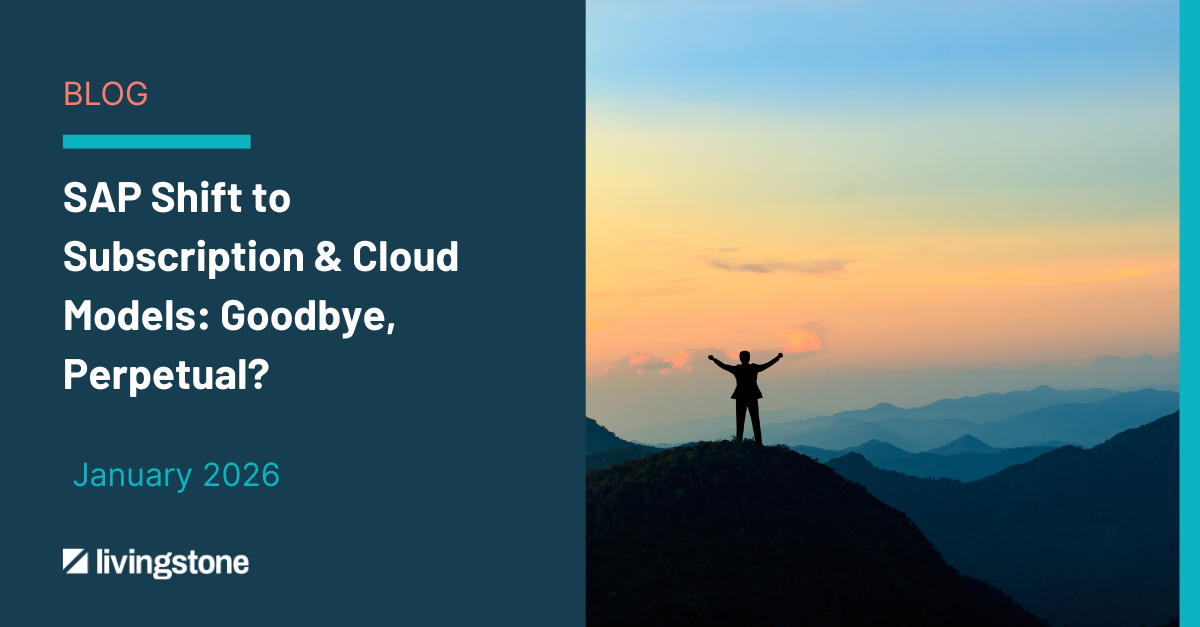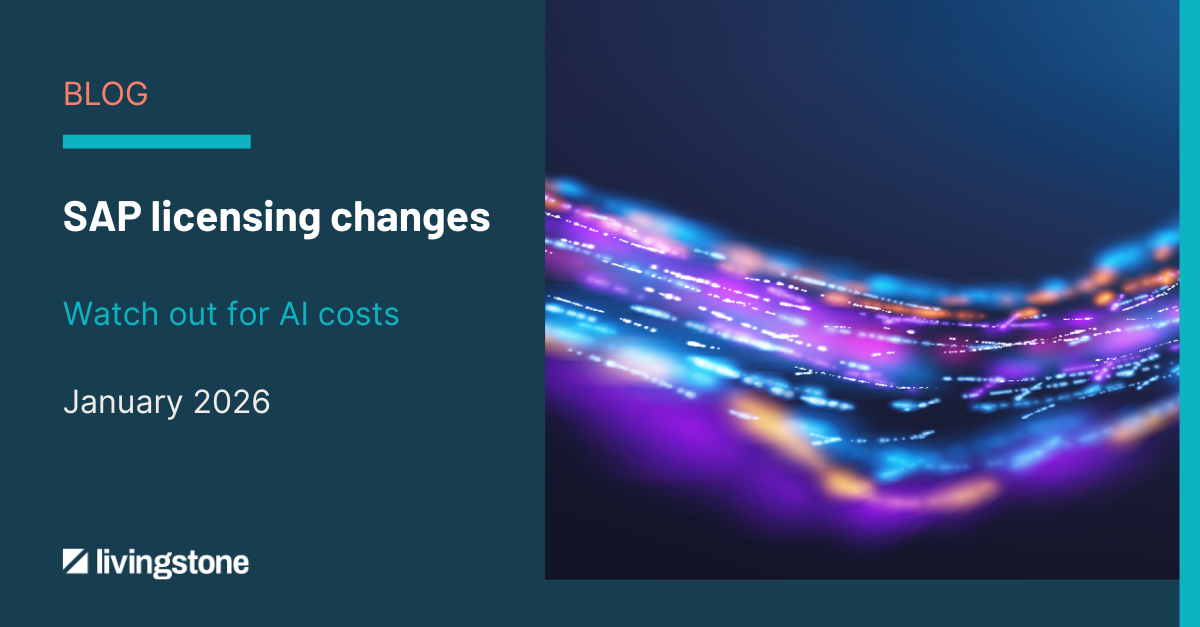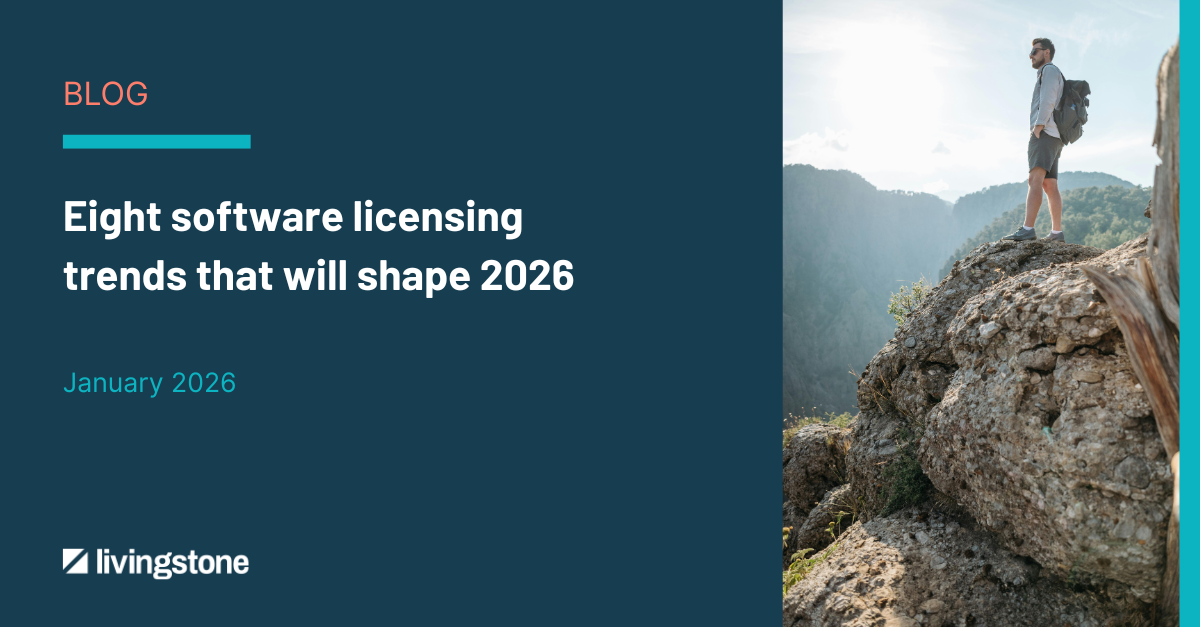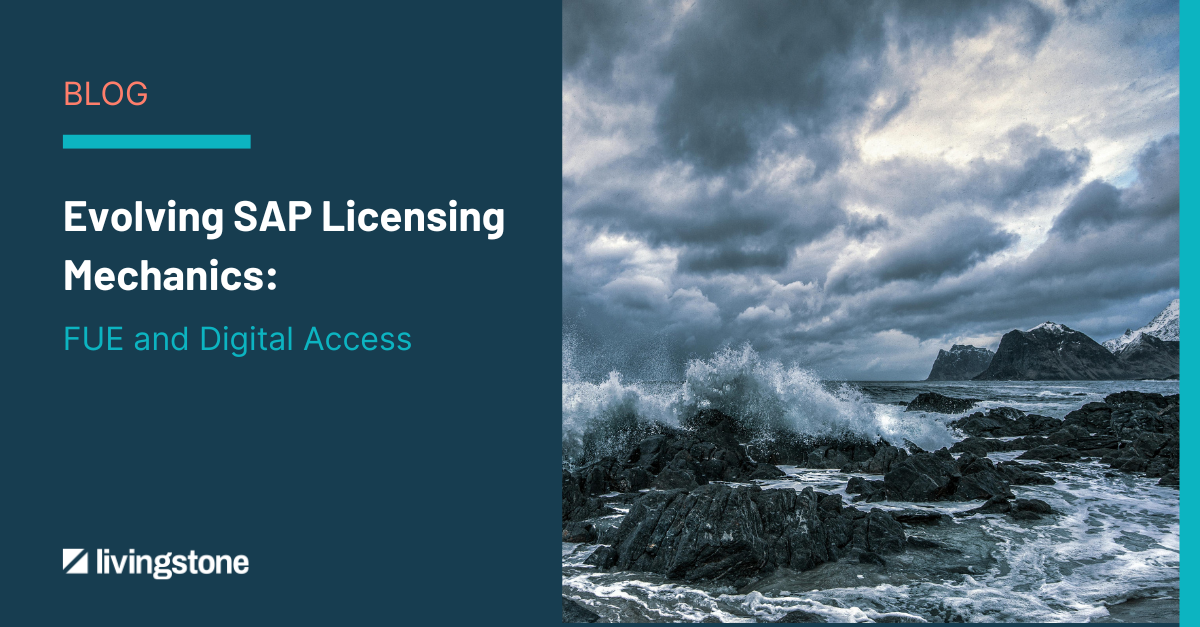On the 23rd of January 2023, Oracle published the latest Global Price List for their Java product. With this publication Oracle have completely changed the licensing rules for commercial Java. This is one of the biggest changes to licensing we’ve seen for many years and will no doubt become one of the hottest topics within Software Asset Management over the next 12 months. Livingstone's own Benjamin Dove gives you the lowdown below.
What are the changes?
Previously, customers only needed to license the users or the servers where the product was deployed using the Named User Plus or Processor metric, respectively.
Following the publication of the new Java price list, both metrics have been scrapped and replaced with an Enterprise for Java SE Universal Subscription metric. The implication of this change means that all customers using even a single instance of commercial Java must now license all employees within their business using this Enterprise for Java SE Universal Subscription.
The quantity of license required is determined by counting the total number of employees within the business, please note that this includes contractors, outsourcers and consultants. As a minimum, Oracle will expect the number of declared employees to match any publicaly listed employee figure, such as on an annual report.
Why have Oracle made these changes?
Over the past 12 months Oracle have been attempting to ‘soft’ audit customers around their consumption of Java. Typically, this is done via email or a phone call from an account manager that has been made aware of a customer downloading a significant quantity of commercial Java. In most cases the customer doesn’t own any commercial Java licenses. This has not been a fruitful approach for Oracle as customers have either rebuffed any claim, refused to engage, or bought very small quantities of Java. This change in licensing maximises Oracle’s return on investment for their Java IP purchase and opens the door for an aggressive pivot in approach for the remainder of their FY23 and into FY24.
What do these changes mean for you?
Oracle will be reaching out to every customer that has downloaded commercial version of Java over the coming 12 to 18 months. The new licensing model gives them a very simple challenge to those customers; either prove you are not using commercial Java or license every employee in your business using the new Enterprise Java SE Universal Subscription.
For customers that own Java SE subscriptions, Oracle have said they will allow customers to renew under their existing terms and metrics. However, expect to be challenged on how the quantities of Java required have been calculated. Especially for customers subscribing to only one of either the Processor or NUP metric.
For customers that own perpetual Java licences, those perpetual licenses are still valid and can be used. However, if a single installation is used outside the limitations of those perpetual licenses the customer will be forced to move to the new model and license all employees under the Enterprise for Java SE Universal Subscription.
What can you do about it?
Oracle are coming, make no mistake about it. Being prepared will be key to dealing with the inevitable contact from Oracle, be that either via an account manager or the LMS (License Management) team.
Just because you have Java deployed in your environment, doesn’t necessarily mean its commercially licensable. It may be provided under a 3rd party license; it may use a BCL (Binary Code License), or it may be provisioned under a restricted use Oracle license.
What is important, is validating every installation of Java within your business and understanding if a commercial licensing model is applicable.
The Livingstone Group have a team of Oracle licensing experts with decades of experience in defending customers from Oracle’s aggressive tactics. Our engagements have reduced over 60% of our clients Java license requirements by correctly mapping 3rd party use rights and other non-licensable use - reducing potential spend by millions of pounds.
Need some support? Find out more about how we can help here.
More from Livingstone






